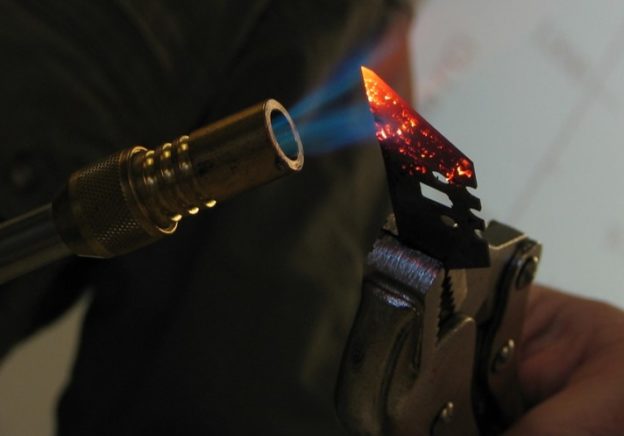Shape Memory Alloys
Model Description These figures demonstrate the two phases of a shape memory alloy which enables shape memory alloys to “memorize” their pre-deformed shape, even after large deformations. This demonstration should take 15 minutes. Engineering Principle The shape memory effect occurs due to a phase transition between the original, or memorized, austenite phase to a deformed […]

